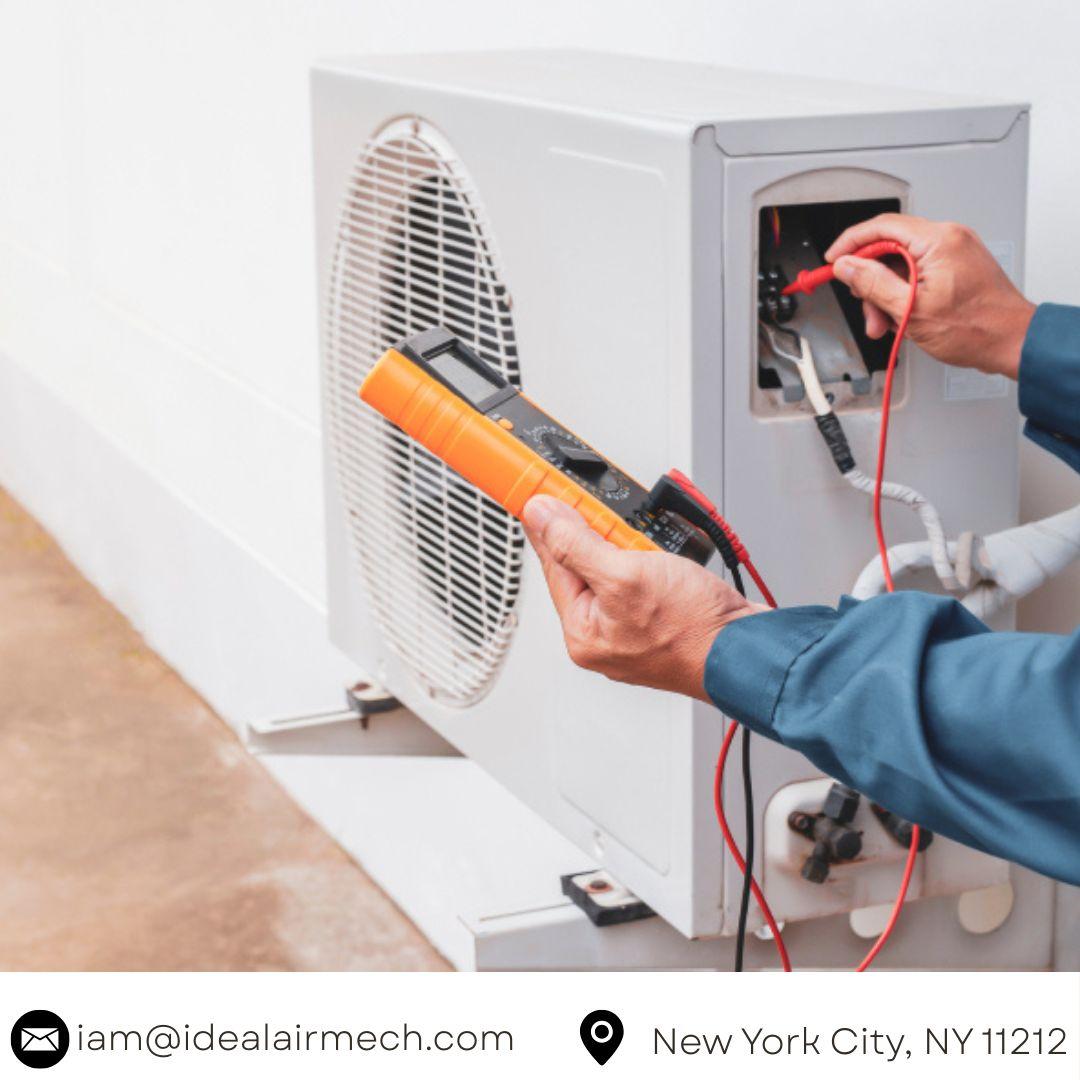Whether it's the sweltering heat of summer or the bone-chilling cold of winter, your HVAC system is the unsung hero of home comfort. Yet, it’s easy to overlook until something goes wrong. This is where HVAC maintenance comes in—not just as a luxury, but as a crucial aspect of ensuring your heating, ventilation, and air conditioning systems run smoothly year-round.
What Is HVAC Maintenance?
HVAC maintenance involves a series of routine checks, cleanings, and tune-ups performed on your system. This includes inspecting filters, checking for leaks, testing thermostats, and ensuring all components are operating efficiently. It’s typically recommended to schedule HVAC maintenance at least twice a year—once in the spring for your cooling system, and once in the fall for your heating system.
Benefits of Regular HVAC Maintenance
-
Improved Energy Efficiency
A well-maintained HVAC system doesn't have to work as hard to keep your home at a comfortable temperature. Clean filters, well-lubricated parts, and calibrated controls all contribute to energy efficiency, helping reduce your monthly utility bills. -
Extended System Lifespan
HVAC systems are significant investments, and regular maintenance can help protect that investment. By catching minor issues early, you avoid costly repairs and extend the life of your unit by several years. -
Better Indoor Air Quality
Dirty filters and clogged ducts can circulate dust, allergens, and other pollutants throughout your home. HVAC maintenance ensures clean air flows through your system, promoting a healthier living environment. -
Fewer Unexpected Breakdowns
There’s nothing worse than your air conditioner failing during a heatwave or your furnace quitting on a frigid night. Preventative maintenance can identify and resolve potential problems before they become emergencies.
What Happens During a Maintenance Visit?
A professional HVAC technician will typically:
-
Replace or clean air filters
-
Inspect ductwork for leaks or blockages
-
Check refrigerant levels
-
Test system controls and thermostat function
-
Lubricate moving parts
-
Inspect electrical connections

